Cùng với liên kết nội khối, ASEAN mở rộng liên kết với bên ngoài, đưa Cộng đồng Kinh tế ASEAN (AEC) trở thành tâm điểm giao thoa của các thỏa thuận hợp tác đa phương.
 |
| Đối thoại AEC lần thứ 11 ngày 4/6/2024 tại Jakarta, Indonesia nhằm phát triển các quy định và tiêu chuẩn AI thống nhất trên toàn khu vực, tạo điều kiện cho hợp tác xuyên biên giới. (Nguồn: Ban Thư ký ASEAN) |
Ngày 31/12/2015, tại Hội nghị cấp cao ASEAN lần thứ 27 tại thủ đô Kuala Lumpur (Malaysia), Cộng đồng ASEAN (AC) chính thức được thành lập với ba trụ cột là Cộng đồng Chính trị - An ninh ASEAN (APSC), Cộng đồng Kinh tế ASEAN (AEC) và Cộng đồng Văn hóa - Xã hội (ASCC). AEC không chỉ tạo ra sức mạnh cộng hưởng cho nền kinh tế khu vực mà còn ứng phó, vượt qua các cuộc khủng hoảng kinh tế khu vực và toàn cầu.
Hành trang cho một ASEAN chủ động thích ứng
Sau gần 10 năm triển khai AEC 2025, khu vực ASEAN đã đạt được nhiều thành tựu ấn tượng. Với dân số gần 700 triệu người và GDP gần 4.000 tỷ USD, ASEAN là một không gian kinh tế rộng lớn, phát triển năng động và đầy triển vọng. Trong hơn một thập kỷ qua, thương mại nội khối ASEAN đạt khoảng 750 tỷ USD.
Dòng vốn đầu tư trực tiếp nước ngoài (FDI) vào ASEAN đã tăng lên 236 tỷ USD trong năm 2023, tăng 24% so với mức trung bình hàng năm là 190 tỷ USD trong giai đoạn 2020-2022.
Đầu tư nội khối ASEAN đã tăng năm thứ 3 liên tiếp lên mức kỷ lục 28 tỷ USD vào năm 2022, trở thành nguồn đầu tư lớn thứ hai chỉ sau Hoa Kỳ. Tỷ trọng FDI của ASEAN so với FDI toàn cầu cũng đã tăng lên 17% từ mức 15% vào năm 2021.
ASEAN đã trở thành cứ điểm sản xuất và thị trường đơn nhất trên cơ sở một cộng đồng kinh tế. AEC đang ngày càng mở rộng, thu hút sự quan tâm ngày càng tăng của các đối tác thương mại. Minh chứng ở việc, ASEAN đã ký kết nhiều hiệp định tự do thương mại (FTA) song phương với một loạt các đối tác như Nhật Bản, Hàn Quốc, Trung Quốc, Australia, New Zealand, Ấn Độ...; có Hiệp định Đối tác kinh tế toàn diện khu vực (RCEP) với Trung Quốc, Nhật Bản, Hàn Quốc, Australia và New Zealand; đang tiến hành đàm phán FTA với Canada và thảo luận khả năng ký kết FTA với các khu vực mậu dịch khác như Liên minh châu Âu (EU) nhằm mang lại nhiều lợi ích hơn từ thương mại tự do cho các công dân trong khối.
Năm 2022 đánh dấu bước ngoặt của kinh tế khu vực khi các nước tái mở cửa, từng bước phục hồi và nâng cao tự cường, với sự đóng góp lớn của sản xuất, vận tải và du lịch, tăng trưởng khu vực cơ bản giữ vững.
Trước tác động của biến động địa chính trị, cùng nhiều thách thức, rủi ro tiềm ẩn, ASEAN đã chuyển hướng chiến lược, tận dụng các động lực mới, thông qua nhiều sáng kiến mới như: Khung kinh tế tuần hoàn, Chiến lược trung hòa carbon, Hiệp định Khung kinh tế số ASEAN, Sáng kiến một sức khỏe ASEAN, Khung Kinh tế biển xanh … Đây chính là hành trang cho một ASEAN chủ động thích ứng với các cơ hội, thách thức hướng tới mục tiêu phát triển bền vững, bao trùm và nâng cao tự cường cho khu vực.
Tiến sĩ Denis Hew, Nghiên cứu viên cao cấp tại Trung tâm châu Á và Toàn cầu hóa, Trường Chính sách công Lý Quang Diệu (Singapore) cho rằng, kể từ khi AEC được thành lập, đã có gia tăng về mặt thương mại nội khối đối với hàng hóa công nghiệp, phụ tùng và linh kiện. Từ đó, nhiều nền kinh tế trong ASEAN thúc đẩy quá trình công nghiệp hóa và trở thành một phần trong chuỗi giá trị toàn cầu lớn hơn, không chỉ trong khu vực mà còn bao gồm Trung Quốc và các nền kinh tế lớn trên thế giới.
“Có thể thấy qua dòng vốn FDI đang chảy mạnh mẽ vào ASEAN và ngày càng đa dạng hơn. Nếu bạn đến Singapore hay Malaysia, bạn sẽ thấy nhiều công ty lớn như Intel đang xây dựng các nhà máy bán dẫn. Còn với Thái Lan – trung tâm của ngành công nghiệp ô tô khu vực, các công ty đa quốc gia rất lớn như Honda, Toyota đều đang xây dựng các mạng lưới sản xuất tại đây để xuất khẩu ra thế giới. Tăng trưởng thu nhập và GDP bình quân đầu người ở nhiều quốc gia ASEAN đã tăng trưởng đáng kể trong thời gian qua”, Tiến sĩ Denis Hew dẫn chứng.
Báo cáo “Xây dựng Cộng đồng Kinh tế ASEAN sau năm 2025” của Trung tâm châu Á và Toàn cầu hóa, Trường Chính sách công Lý Quang Diệu mới đây nhận định, AEC đang ở giai đoạn cuối của quá trình thực hiện Kế hoạch thứ hai - Kế hoạch chi tiết AEC 2025, trong bối cảnh chủ nghĩa đa phương dựa trên luật lệ đặt nền tảng cho quá trình hội nhập kinh tế ASEAN đang bị đe dọa bởi cạnh tranh địa chiến lược và chủ nghĩa bảo hộ gia tăng.
“Quá trình xây dựng Tầm nhìn ASEAN sau năm 2025 vẫn đang diễn ra. Một tài liệu tầm nhìn kéo dài hai thập kỷ đã được soạn thảo để thông qua vào năm 2025. Việc thúc đẩy các kế hoạch tiếp theo để xây dựng Cộng đồng ASEAN, bao gồm cả kế hoạch cho AEC, đang được tiến hành.
Đối với AEC, kế hoạch chiến lược tiếp theo sẽ có thời gian ngắn hơn là năm năm, hướng đến sự linh hoạt hơn trong việc ứng phó với bối cảnh thay đổi nhanh chóng”, Báo cáo nhấn mạnh.
 |
| Tham gia AEC giúp Việt Nam tăng sức hấp dẫn trong mắt nhà đầu tư nước ngoài (Nguồn: VnEconomy) |
Gia tăng sức hấp dẫn của Việt Nam
Là một trong những thành viên năng động và tích cực kể từ khi gia nhập ASEAN, Việt Nam luôn phát huy vai trò đi đầu trong các hoạt động của khối, xây dựng AC nói chung và AEC nói riêng. Việt Nam có thị trường rộng lớn cho xuất khẩu sang các nước thành viên ASEAN và cơ hội tiếp cận thị trường rộng lớn hơn.
Việc tham gia AEC hỗ trợ Việt Nam triển khai hợp tác kinh tế sâu rộng và toàn diện với các nước trong khu vực và trên thế giới. Việt Nam đã thực hiện các cam kết của AEC, ký kết các FTA với EU, Hàn Quốc, Liên minh kinh tế Á-Âu (EAEU); tham gia các FTA thế hệ mới như Hiệp định Đối tác toàn diện và tiến bộ xuyên Thái Bình Dương (CPTPP) và RCEP.
Bên cạnh đó, Việt Nam cũng có cơ hội tiếp cận các nguồn hỗ trợ về khoa học-công nghệ, học tập kinh nghiệm quản lý tiên tiến, góp phần nâng cao trình độ và năng lực của đội ngũ cán bộ và đào tạo nguồn nhân lực chất lượng cao. Đồng thời, tranh thủ được những lợi ích thiết thực từ các chương trình hợp tác về thu hẹp khoảng cách phát triển.
Tác động tích cực từ AEC cũng góp phần tạo chuyển biến trong việc xây dựng và hoàn thiện chính sách, luật lệ và thủ tục trong nước, thúc đẩy Việt Nam cải cách thể chế kinh tế, hoàn thiện những thiếu sót để bảo đảm phù hợp hơn với yêu cầu hội nhập quốc tế.
Hội nhập AEC cũng buộc Việt Nam phải hoàn thiện hành lang pháp lý để tạo dựng lòng tin với các nhà đầu tư và tăng khả năng cạnh tranh. Việc tham gia sâu rộng vào liên kết kinh tế ASEAN giúp tăng sức hấp dẫn của Việt Nam đối với đầu tư và kinh doanh từ bên ngoài, thu hút càng nhiều dòng vốn FDI ngoài Hiệp hội, nhất là của các công ty đa quốc gia, đồng thời mở rộng thị trường cho hàng hóa và dịch vụ của Việt Nam.
Trong bối cảnh tổng vốn đầu tư FDI trên thế giới tiếp tục suy giảm, Việt Nam là một trong những quốc gia trong AEC vẫn “giữ nhịp” thu hút được FDI khá tốt. Theo Cục Đầu tư nước ngoài (Bộ Kế hoạch và Đầu tư), 7 tháng đầu năm 2024, tổng vốn FDI đăng ký vào Việt Nam đạt hơn 18 tỷ USD, tăng 10,9% so với cùng kỳ năm 2023. Trong khi đó, vốn giải ngân đạt hơn 12,55 tỷ USD, tăng 8,4% so với năm trước.
Lý giải nguyên nhân khiến Việt Nam vẫn là điểm đến hấp dẫn và lâu dài với nhà đầu tư FDI, Cục trưởng Cục Đầu tư nước ngoài Đỗ Nhất Hoàng khẳng định, thế mạnh của Việt Nam là có nguồn nhân lực có năng suất lao động cao so với chi phí nhân công. Việt Nam cũng đang xây dựng các chương trình đào tạo nhằm nâng cao tay nghề kỹ thuật và năng suất lao động của nguồn nhân lực; đặc biệt, sẽ chuyển đổi sang đào tạo dựa trên nhu cầu thực chất của doanh nghiệp, đào tạo có tính ứng dụng cao thay vì mô hình đào tạo như trước đây.
Cùng đó, với những nỗ lực, tích cực cải thiện môi trường đầu tư, cũng như cải thiện các điều kiện về cơ sở hạ tầng, các chính sách phù hợp… các nhà đầu tư nước ngoài đang tin tưởng vào môi trường đầu tư của Việt Nam.
Nguồn: https://baoquocte.vn/aec-tam-diem-giao-thoa-cua-cac-thoa-thuan-hop-tac-da-phuong-281681.html




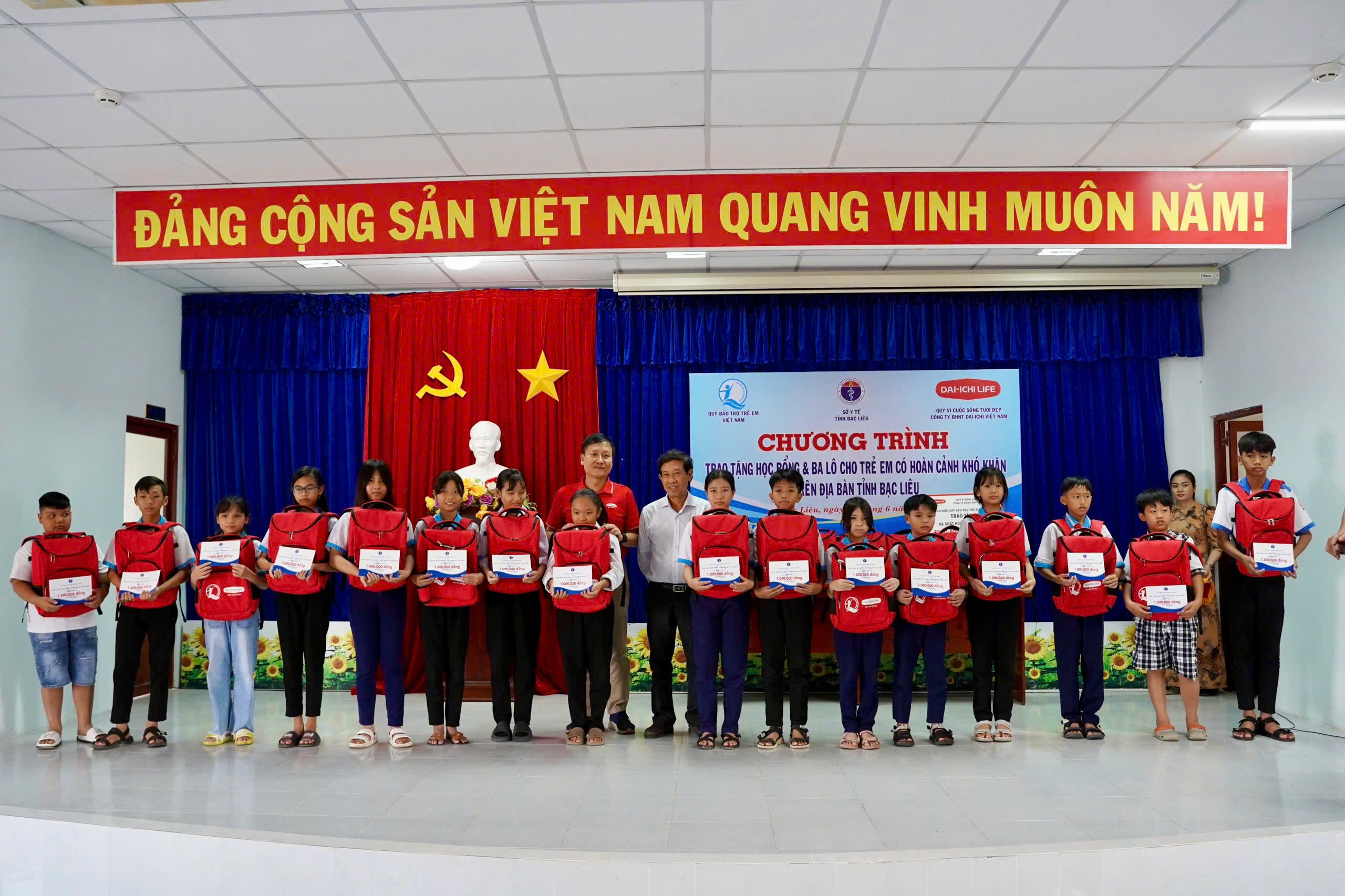

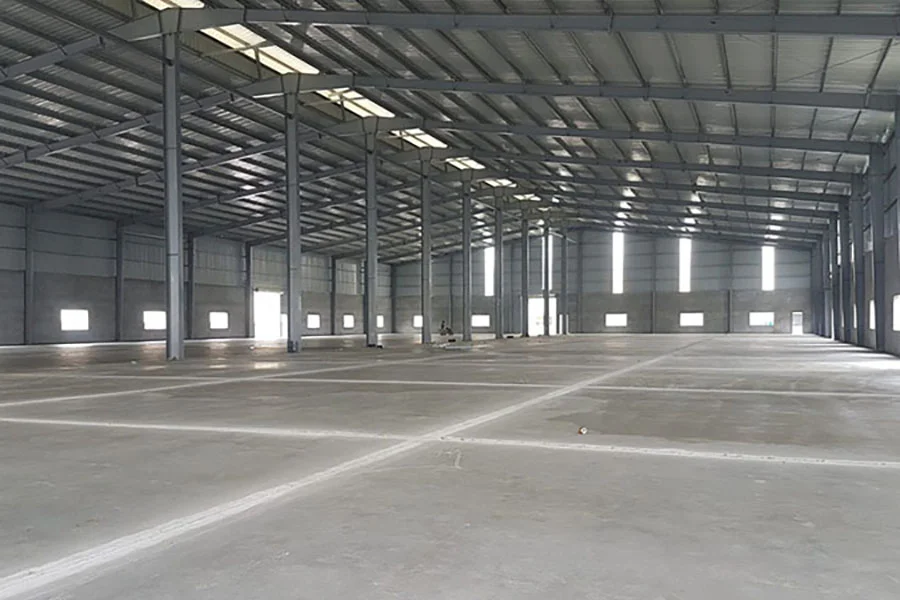
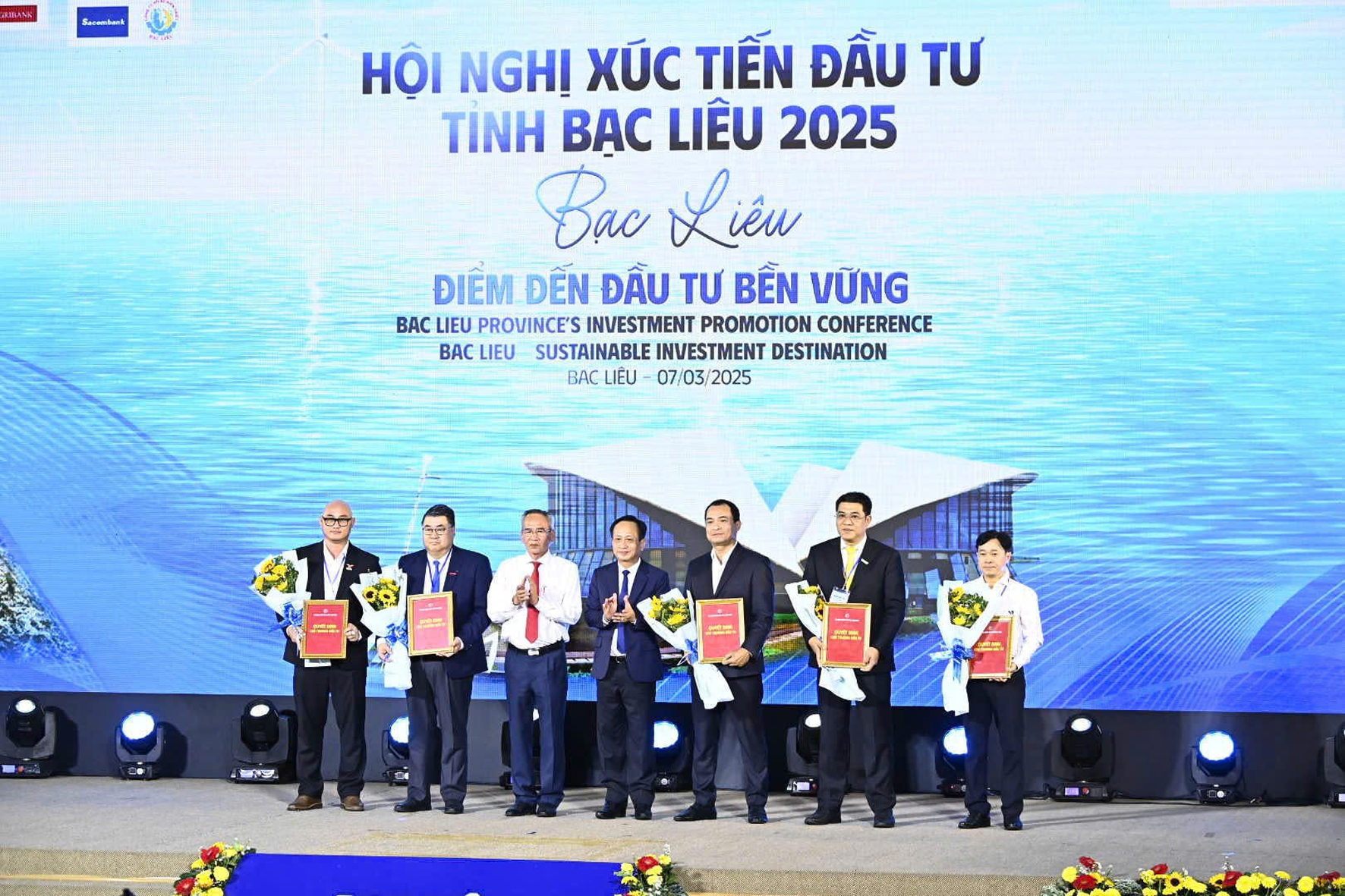


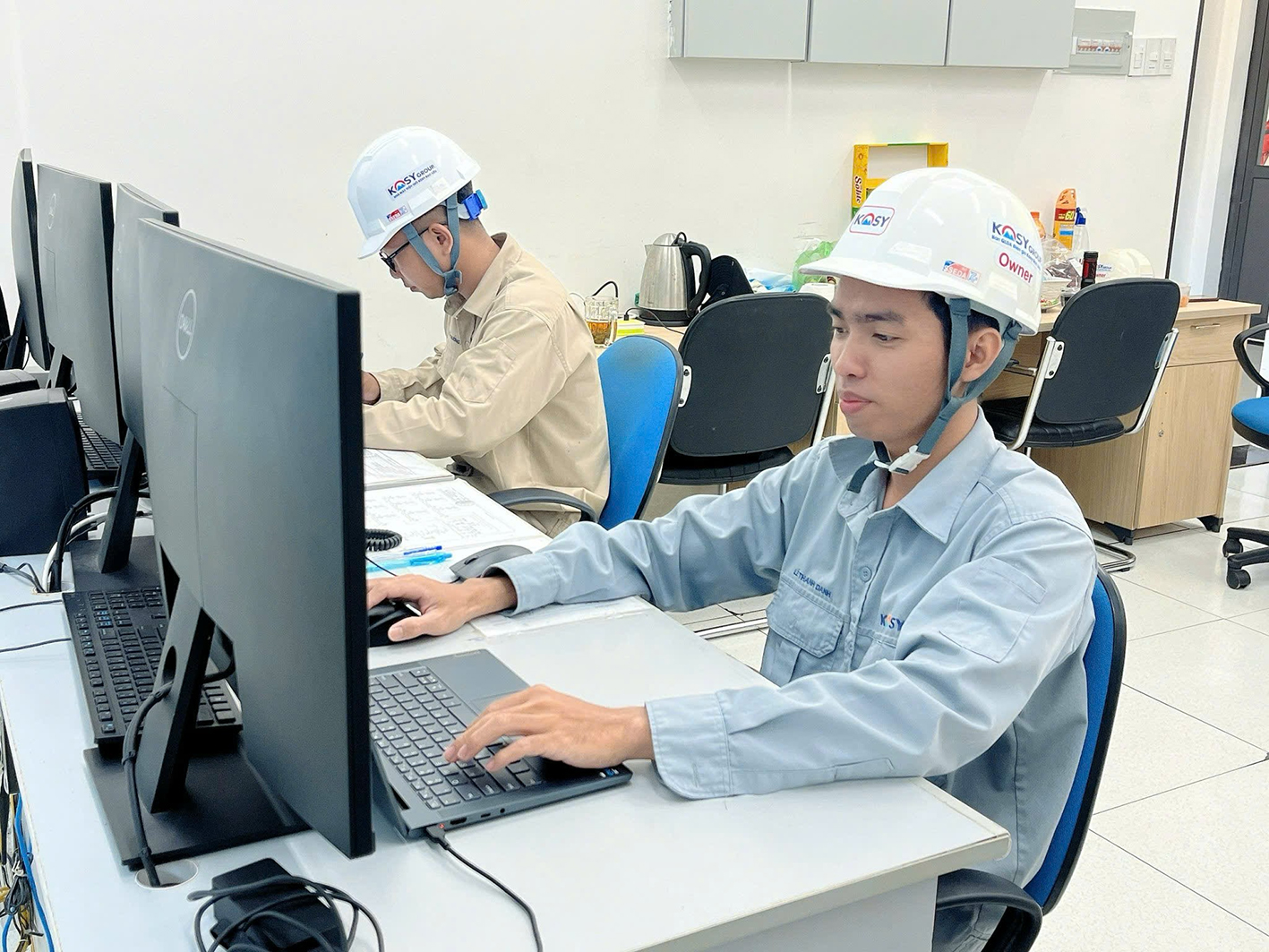












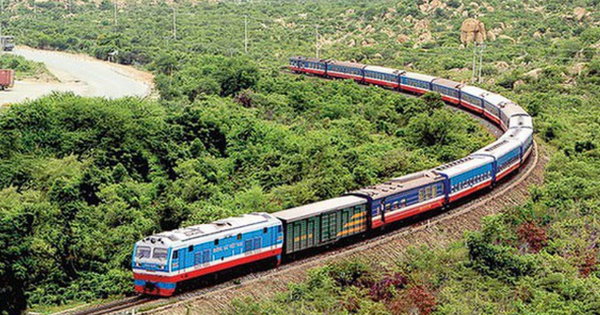
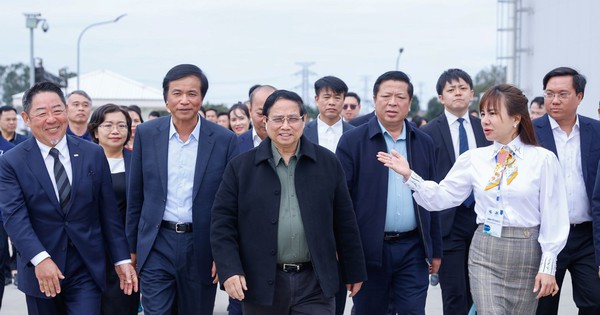



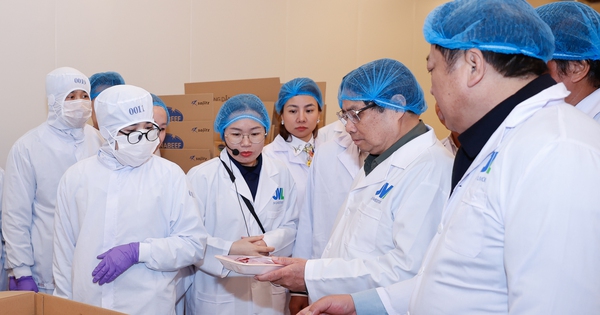

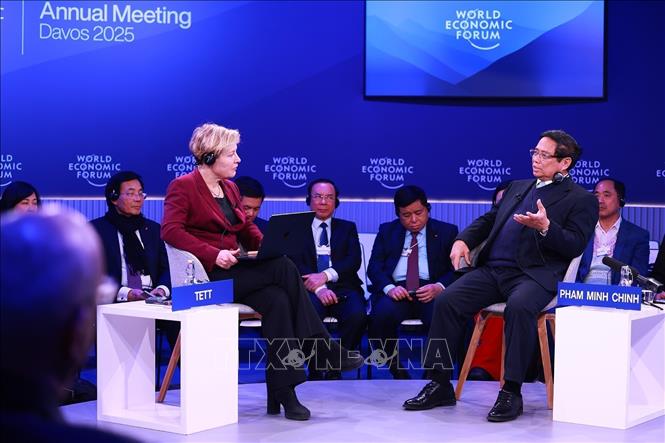

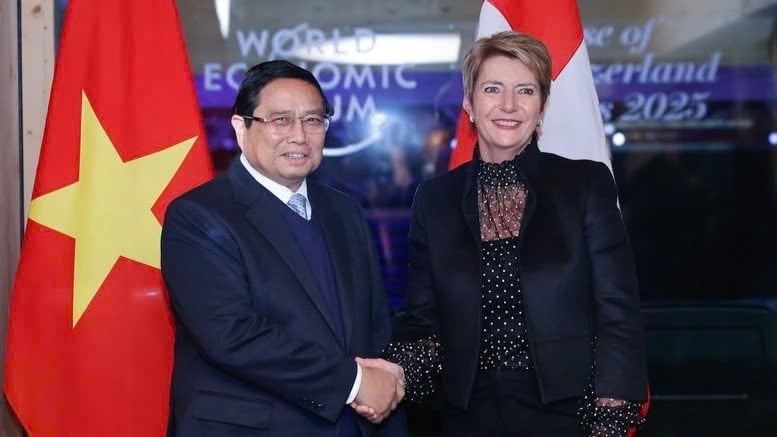
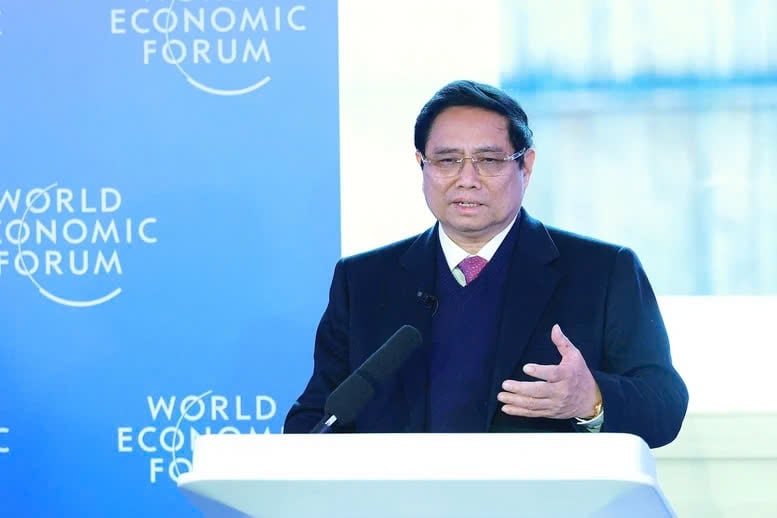
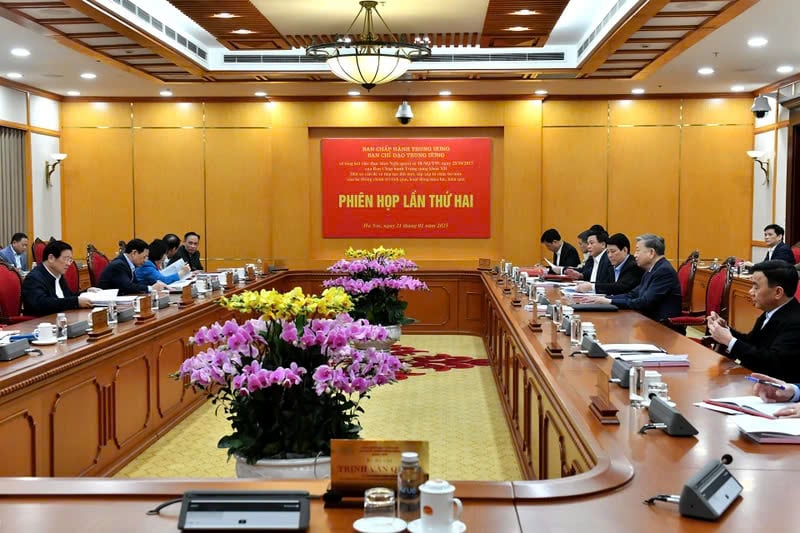





Comment (0)